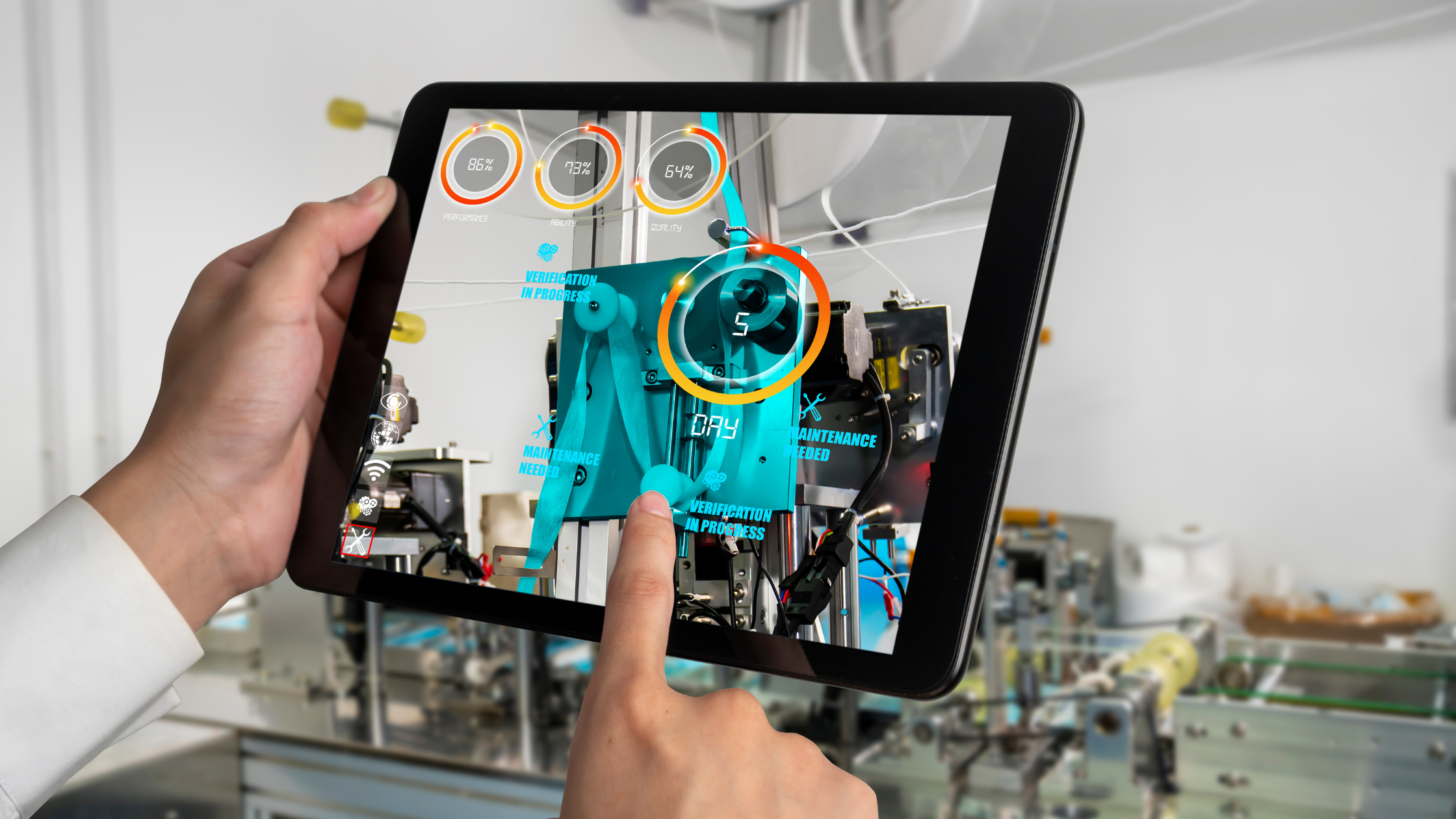In the ever-evolving landscape of industrial automation, Human Machine Interface (HMI) software has emerged as a pivotal tool in ensuring both safety and productivity. HMI softwares bridges the gap between human operators and complex machinery, providing a user-friendly interface to monitor, control, and optimize industrial processes. In this blog, we’ll explore the ways in which HMI software plays a transformative role in the industrial sector by enhancing safety measures and boosting overall productivity.
Real-time Monitoring and Control:
HMI software allows operators to have real-time visibility into industrial processes. Through intuitive graphical interfaces, operators can monitor various parameters, such as temperature, pressure, and machine status. This immediate access to data enables quick decision-making and the ability to intervene promptly in case of anomalies or emergencies, thereby enhancing safety.
Remote Accessibility:
Modern HMI software is often equipped with remote access capabilities. This means that operators and supervisors can monitor and control industrial processes from anywhere, even outside the plant. This not only improves operational efficiency but also minimizes the need for physical presence in potentially hazardous environments, thereby increasing safety.
Predictive Maintenance:
HMI software integrates with sensors and data analytics, enabling predictive maintenance. By continuously monitoring equipment health and performance, it can anticipate when machinery is likely to fail. This allows for scheduled maintenance, reducing unplanned downtime and the associated safety risks while optimizing productivity.
Alarm Management:
HMI software provides sophisticated alarm management systems. It not only triggers alarms when issues arise but also categorizes them by severity and provides guidance on corrective actions. This helps operators prioritize their response and ensures that critical safety alerts are addressed promptly.
User-friendly Interfaces:
One of the key advantages of HMI software is its user-friendly interface. Operators can quickly grasp the status of industrial processes and control equipment with ease. Intuitive design reduces the likelihood of errors and accidents, contributing to a safer working environment.
Data Visualization and Analysis:
HMI software offers powerful data visualization and analysis tools. Operators can create customized dashboards and reports to gain insights into process trends and historical data. This data-driven approach not only helps in identifying areas for improvement but also aids in making informed decisions that enhance productivity.
Enhanced Training and Simulation:
HMI software supports training and simulation modules, allowing operators to practice handling various scenarios without real-world risks. This training not only familiarizes personnel with equipment and processes but also prepares them for emergencies, further enhancing safety.
Integration with Safety Systems:
HMI software often integrates seamlessly with safety systems, such as Emergency Shutdown Systems (ESD) and Fire and Gas Detection Systems (FGS). This integration ensures that safety measures are tightly integrated into industrial processes and can be activated instantly if required.
In conclusion, HMI software serves as a linchpin for modern industrial operations. Its ability to provide real-time insights, remote accessibility, predictive maintenance, and user-friendly interfaces significantly enhances safety while concurrently boosting productivity. As industrial sectors continue to evolve, investing in advanced HMI software becomes imperative for those striving to maintain a competitive edge while prioritizing the well-being of their workforce.

